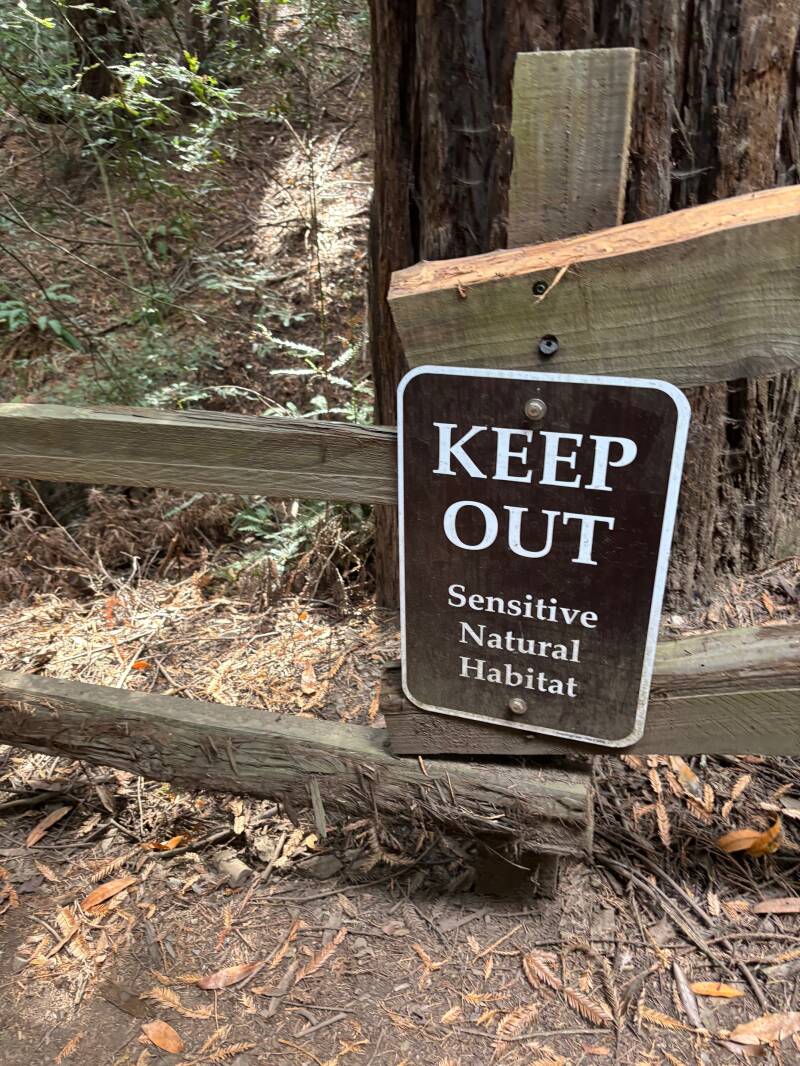
Joaquin Miller Park
The park is named after a poet, traveler and lover of the outdoors. Known as "The Poet of The Sierras." He had built his home in the Oakland hills and after his death, the City of Oakland bought the house and surrounding property to create the park.
Getting there:
- The park is located off of highway 13 in Oakland, use the Joaquin Miller Road exit.
- Continue uphill until you come to the traffic light at the junction of Skyline Blvd.
- From there, go left and be on the lookout for parking.
- There is limited free parking along the road and a paid parking lot located at 10570 Skyline Blvd. Oakland 94619.


General information
The area encompassed by the park used to be the home of massive Coast Redwoods (sequoia sempervirens). The trees were logged during the late 19th century and the early 20th century to support the booming growth in the Bay Area. The remaining stumps and roots give a hint at the former majesty of the trees. At one point, the trees were so tall and stood out so distinctly on the hillside that incoming boats would use the trees as a marker to steer by.
Mixed use park
The trails in the park consist of multiple types and usage. All trails allow pedestrians, but some also allow for mountain bikes or horse riding. Always be aware of your surroundings. The no-bike trails tend to be more peaceful and require less attention when you're walking, allowing you to enjoy the scenery more.



Trails
The signage is well maintained but not comprehensive. It is recommended to print the map from the link at the top of the page and stay on the trails. Short cuts, cross cutting and blazing new trails can damage sensitive plants. The best way to enjoy the park for yourself and others is with a sustainable ethos. Take nothing but photos, leave nothing but footprints.
Staying on trail also helps avoid poison oak.
Some of the trails are paved and wide enough for park rangers or fire crews to access. Most of the trails are packed dirt, some have rough curbs made of fallen logs, to help maintain trail integrity.


Frequently, the dirt trails will meander through, over or under fallen trees. The hilly terrain also has several ravines. Use care when walking over and under the fallen trees.
Biodiversity
The park is home to newer growth, second and third generation sequoias, pines, oaks, bay laurels, and a wide assortment of other trees and bushes.


As you walk through the trails, the vegetation changes around you. The deep hollows that trap moist air are home to the new sequoias. The sunny hillsides oriented with more of a southern face, have more oaks and scrub brush. Every curve around the contours of the hills and ravines reveals a new region of growth for the native plants.
This is one of the rare parks that does not suffer from invasive eucalyptus growth.
Create Your Own Website With Webador